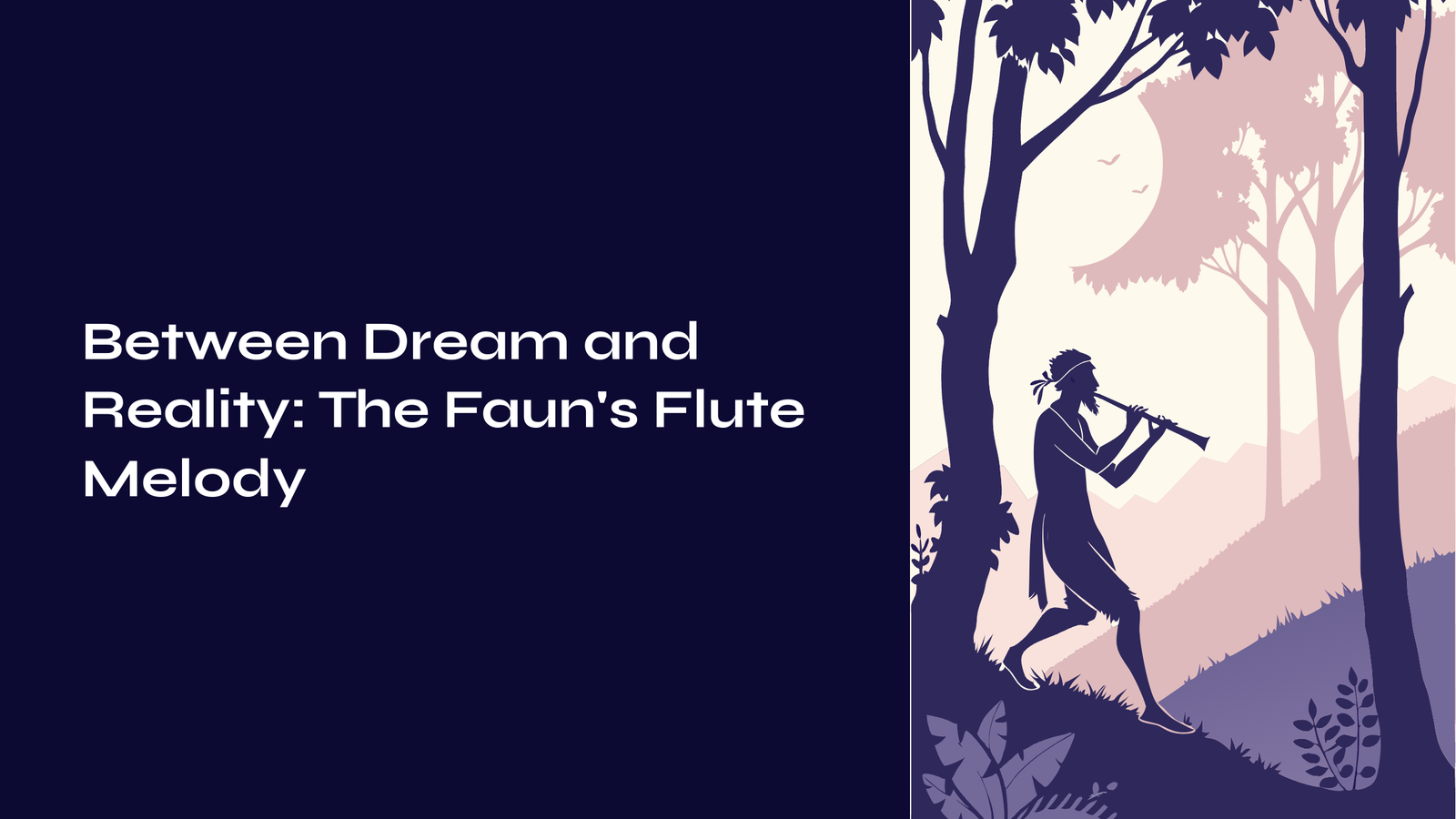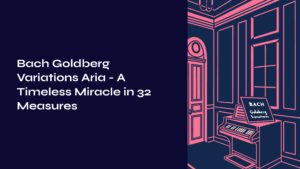Table of Contents

Into the Afternoon Reverie
Some music blurs the boundaries of time. Like languid afternoon sunlight filtering through curtains, there are melodies that make us drift between consciousness and subconsciousness. When I first heard Debussy’s “Prelude to the Afternoon of a Faun,” I couldn’t be certain whether I was dreaming or awake.
That flute melody felt like a faun’s whisper emanating from somewhere deep in the forest. Notes dancing on the border between reality and fantasy lingered by my ear, allowing me to momentarily forget the weight of everyday life. Listening to this piece, I fall into the illusion that time has stopped. Like the faun in Greek mythology, we too want to remain in this eternal afternoon.

The Dawn of Impressionist Music
Claude Debussy (1862-1918) completed this work in 1894, drawing inspiration from Stéphane Mallarmé’s poem “The Afternoon of a Faun.” The artistic circles of late 19th-century Paris were swept by winds of change. Just as Impressionist painters captured the momentary changes of light and color on canvas, Debussy was exploring new forms of expression in music.
While traditional Classical and Romantic music was built upon clear forms and tonal systems, Debussy boldly abandoned such frameworks. He focused on the inherent beauty of sound itself, creating dreamlike atmospheres through the coloristic effects of harmony, like watercolor paintings. “Prelude to the Afternoon of a Faun” became the very starting point of this Impressionist music—a truly monumental work.
Though composed as a single movement, countless changes and flows lie hidden within. In just about ten minutes, Debussy creates an entire world.

The Dreamscape Painted by Melody
The piece begins with a distinctive flute melody. This melody sounds like a faun awakening from sleep and letting out a lazy yawn. The chromatic, descending melodic line departs from traditional scales, guiding us into an unfamiliar sonic world.
After this thematic melody is presented, the piece changes freely, as if wandering through a dream. Harp glissandos flow like waves, while the soft harmonies created by strings evoke the warm air of afternoon. The dialogue between woodwinds sounds like forest sprites chattering.
In the middle section, the atmosphere becomes slightly more passionate. A melody emerges as if the faun is dancing, enchanted by visions of nymphs. But this passion is fleeting—soon returning to the languid dream world. It’s as though the faun, confused about whether this is dream or reality, drifts back into slumber.
The piece’s ending brings back the initial flute melody, but this time it sounds more drowsy and distant. Like a dream gradually fading away, the melody scatters into the void. When the final chord resonates, we fall into deep afternoon sleep alongside the faun.

Learning the Language of Dreams
Each time I listen to this piece, I come to understand the logic of dreams. In dreams, time flows non-linearly and space changes freely. Debussy’s music works the same way. Rather than focusing on traditional musical cause-and-effect or logical development, it concentrates on the beautiful sounds and colors of each moment.
At first, such music might feel unfamiliar. If you expect clear melodic lines or familiar harmonic progressions, you might be somewhat disappointed. But if you empty your mind and surrender to the sound itself, you’ll discover beauty in an entirely different dimension.
This piece taught me a new perspective on “listening.” Don’t try to understand the music—just let yourself be carried by the flowing river of sound. Then, before you know it, you’ll reach the faun’s world, that mysterious space where dream and reality intersect.

Small Suggestions for Deeper Listening
To fully experience this piece, I recommend focusing on several key points.
First, don’t miss the flute’s opening melody. This melody serves as the DNA of the entire piece. Following how it changes and returns will naturally help you understand Debussy’s compositional technique.
Second, listen carefully to the coloristic changes in harmony. The true charm of this piece lies in the subtle color variations created by the chords. Like clouds in the sky constantly changing shape, the harmonies also transform endlessly.
Third, I recommend listening to multiple versions. Different conductors and orchestras offer subtly different interpretations of this piece. Personally, I favor Karajan’s Berlin Philharmonic version and Boulez’s Cleveland Orchestra version. Each has its own distinct charm, making comparative listening enjoyable.

A Beckoning Across Time
After the music ends, a strange lingering feeling remains. Like that poignancy immediately after awakening from a beautiful dream. The faun’s afternoon has ended, but fragments of that dream continue to drift in our hearts.
What Debussy showed us through this piece was music’s new possibility. That music could transcend being merely a combination of melody and rhythm to become a poetic language. And through that language, we can encounter special times and spaces that we cannot experience in daily life.
If today feels too heavy, let’s briefly journey to the faun’s afternoon. There, time flows differently, and the boundaries between dream and reality disappear. Following the flute melody, the poetic sensibility sleeping within us might just awaken.

Next Destination: The Painter of Dawn at Sea
If you’ve awakened from the faun’s dream, let’s now journey to the sea. Debussy’s “La Mer,” first movement “From Dawn to Noon on the Sea,” offers beauty in yet another dimension from the faun’s afternoon.
If “Prelude to the Afternoon of a Faun” was a personal, intimate dream world, “La Mer” represents the vast, magnificent world of nature. Yet even in this large-scale work, Debussy never loses his Impressionist touch. Like ocean waves constantly changing, the music flows while continuously shifting colors.
The first movement particularly depicts the transformation from the quiet dawn sea to the brilliant light of noon. From the deep resonance of cellos and double basses beginning the dawn’s silence, through the gradually brightening harmonies of strings, to the final climactic brilliance of noon created by the full orchestra. It’s like experiencing the flow of time through music, as if watching a time-lapse video.
If the faun’s afternoon was magic that stopped time, the sea is magic that beautifully depicts the flow of time itself. Listening to both works consecutively, you realize how Debussy could translate nature and time into music through such diverse methods.



